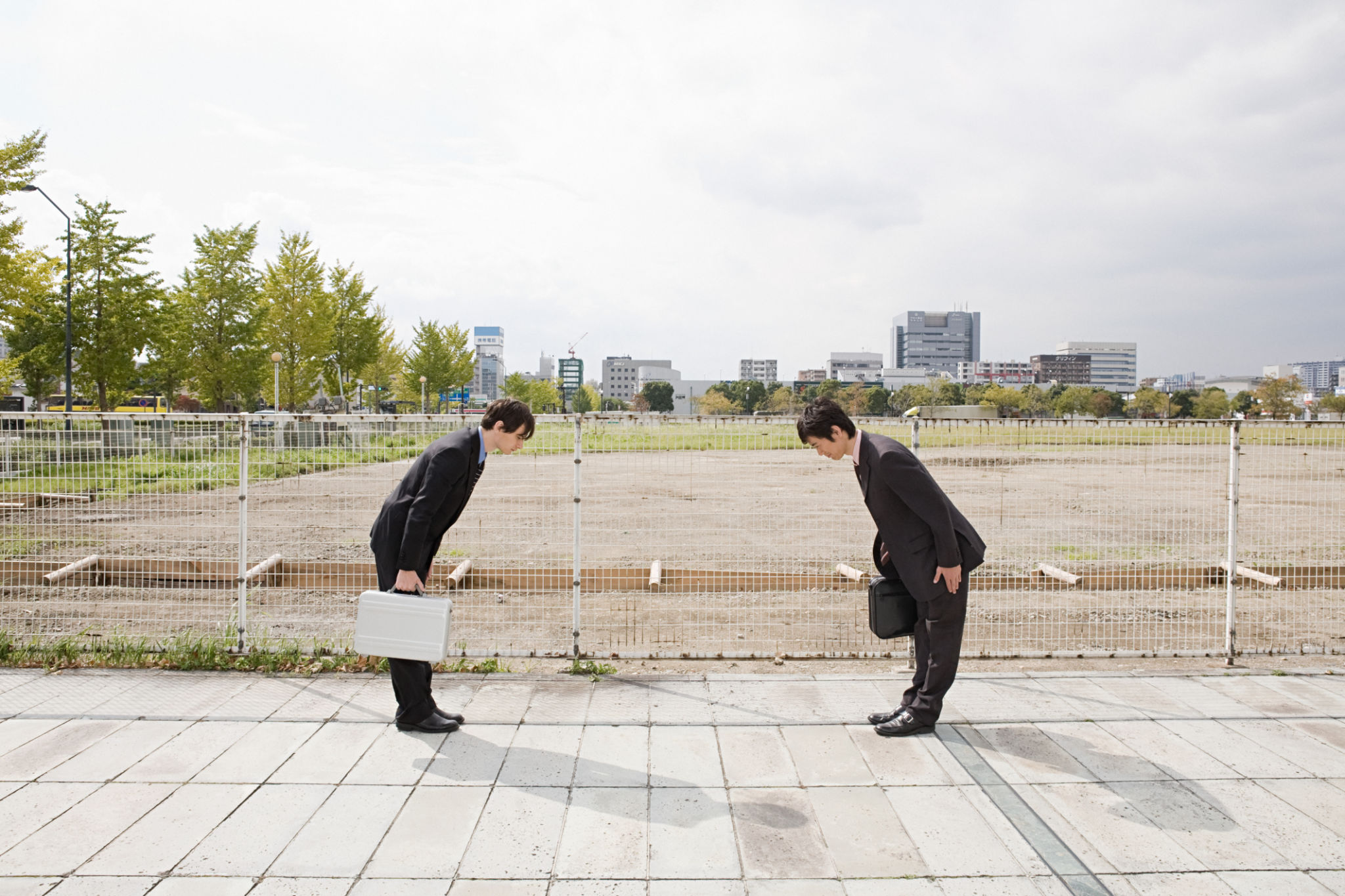Understanding Safety Regulations in Western Montana
Introduction to Safety Regulations
Western Montana, known for its breathtaking landscapes and vibrant communities, is also a region where safety regulations play a crucial role in maintaining the well-being of its residents and visitors. Understanding these regulations is essential for businesses, homeowners, and individuals seeking to ensure compliance and promote safety.
Regulations here are designed to protect the environment, enhance public safety, and promote sustainable development. Whether you are a construction business owner, a farmer, or simply a resident, staying informed about these regulations can save you from potential penalties and ensure you contribute positively to your community.

Environmental Safety Regulations
Western Montana places a significant emphasis on environmental protection. The region's natural beauty is preserved through stringent regulations aimed at minimizing pollution and promoting conservation. Businesses operating in industries such as agriculture, mining, and construction must adhere to specific guidelines to prevent environmental degradation.
The Montana Department of Environmental Quality (DEQ) plays a pivotal role in enforcing these regulations. They focus on areas such as air and water quality, waste management, and land use. Adhering to DEQ guidelines not only ensures compliance but also fosters a sustainable future for Western Montana.
Key Environmental Compliance Areas
- Water quality protection
- Air pollution control
- Hazardous waste management
- Conservation of natural resources

Construction and Building Codes
For those involved in the construction industry in Western Montana, understanding building codes is essential. These codes are designed to ensure that structures are safe, durable, and energy-efficient. Compliance with building codes not only protects the occupants but also enhances the long-term value of properties.
The Montana Building Codes Program outlines the standards for construction projects across the state. Key areas include structural integrity, fire safety, and accessibility. Staying updated with these codes can prevent costly revisions and ensure timely project completions.
Essential Construction Compliance Tips
- Obtain necessary permits before starting any project
- Conduct regular inspections to ensure ongoing compliance
- Engage with certified professionals for specialized tasks

Workplace Safety Regulations
Ensuring workplace safety is another critical aspect of safety regulations in Western Montana. Employers are responsible for providing a safe working environment, which is governed by both state and federal regulations. The Occupational Safety and Health Administration (OSHA) provides guidelines that employers must follow to protect their workers from hazards.
Key areas of focus include proper training, use of personal protective equipment, and regular safety audits. Employers who prioritize safety not only comply with regulations but also foster a culture of trust and productivity among their employees.
Workplace Safety Best Practices
- Conduct regular safety drills and training sessions
- Maintain equipment and machinery in good condition
- Encourage open communication about potential hazards

Conclusion: Staying Informed and Compliant
Understanding and adhering to safety regulations in Western Montana is vital for fostering a secure and thriving community. Whether it's protecting the environment, ensuring safe construction practices, or maintaining workplace safety, these regulations serve as a blueprint for responsible living and business operations.
By staying informed about the latest regulatory updates and actively engaging with local authorities, individuals and businesses can play a significant role in supporting the community's well-being. Embracing safety regulations not only ensures compliance but also strengthens the fabric of society in Western Montana.
